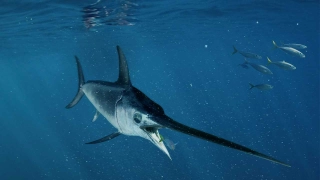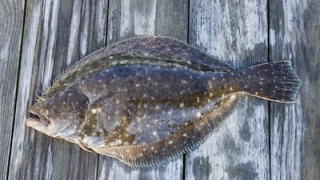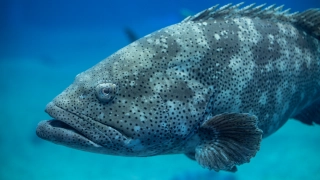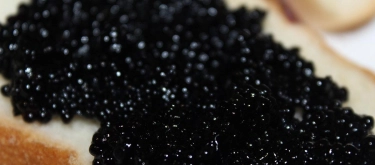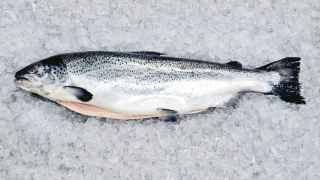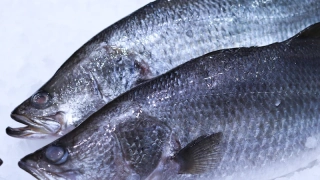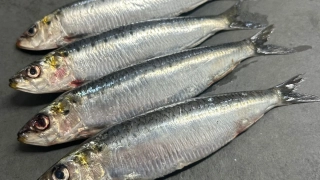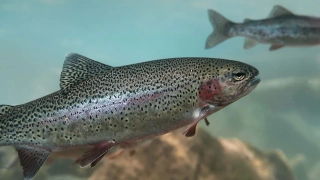Halibut: Taste Profile, Aroma, Benefits and Health Risks
Halibut (Hippoglossus hippoglossus and Hippoglossus stenolepis) is a large flatfish found in the cold waters of the North Atlantic and North Pacific. It has long been valued in European, North American, and Asian cuisines for its delicate flavor and dense, meaty texture. Its reputation as a premium white fish has made it a staple in both fine dining and home cooking.
Halibut is a low-fat white fish. It is safe for most people but should be avoided by individuals with fish allergies. Mercury levels in halibut can be moderate to high, so pregnant women and young children should limit intake.
What does Halibut taste like?

Complete Sensory Description
-
Taste: Mild, clean, and slightly sweet, without strong “fishy” notes.
-
Aroma: Subtle oceanic freshness, delicate rather than pungent.
-
Texture: Firm, dense, and meaty, often compared to chicken breast for its satisfying bite.
-
Appearance: White flesh with slight translucency when raw, turning opaque and flaky when cooked.
In-depth Flavor Analysis
Halibut’s mild flavor is due to its relatively low fat content and balanced amino acid profile, including glutamic acid and glycine, which contribute to umami and subtle sweetness. The fish’s dense muscle fibers give it a distinctive firmness not found in softer white fish like cod. Its fat content is low, but the small amount of intramuscular fat provides just enough richness to prevent dryness when cooked properly. Overcooking can cause rapid moisture loss, making the flesh tough and dry. Regional variations exist: Atlantic halibut tends to have a slightly brinier note, while Pacific halibut is considered cleaner and sweeter.
Varieties and Culinary Applications
-
Atlantic Halibut (Hippoglossus hippoglossus): Larger and richer in taste, though populations are under pressure.
-
Pacific Halibut (Hippoglossus stenolepis): More common in sustainable markets, lighter in flavor.
Culinary uses:
-
Grilled or baked fillets with herbs and butter.
-
Pan-seared portions, often finished with lemon.
-
Poached or steamed for delicate, low-fat preparations.
-
Used in soups, stews, and chowders for its firm texture.
Selection and Storage
-
Choose halibut with firm, moist, and translucent flesh.
-
Avoid fillets with dryness or browning edges.
-
Store at 0–4°C and consume within 1–2 days.
-
Freezing at –18°C preserves quality for several months, though slight textural changes may occur.
Nutritional Insights
Halibut is high in lean protein, selenium, phosphorus, and B vitamins (particularly niacin and B12). Its modest omega-3 content supports heart health, though at lower levels than salmon or sardines. Regular consumption may aid in muscle repair, energy metabolism, and immune function.
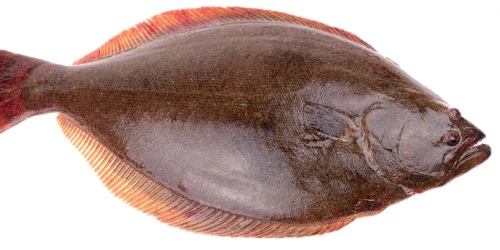
Expert Insights & Culinary Tips
Halibut’s firm texture makes it ideal for grilling and roasting, but chefs caution against overcooking, which can make it dry. To preserve moisture, it is often cooked with butter, olive oil, or wrapped in parchment or foil. Acidic marinades (lemon, lime) enhance its sweetness, while herbs such as dill and tarragon complement its clean profile.
Interesting and Curious Facts
-
Halibut is one of the largest flatfish in the world, capable of reaching over 200 kilograms.
-
The word “halibut” comes from Middle English, meaning “holy flatfish,” as it was commonly eaten on Catholic holy days.
-
In Alaska, Pacific halibut is both a commercial and sport fishing treasure, contributing significantly to local economies.
Harm and Dietary Considerations
-
Moderate mercury content requires limiting intake for sensitive groups.
-
Overconsumption in fried or heavily buttered dishes may counteract its health benefits.
-
Atlantic halibut populations are considered vulnerable due to overfishing.
Religious Dietary Considerations
Halibut is permissible in Islamic (halal) and Jewish (kosher, if properly scaled) diets. It is acceptable in Hindu and Buddhist traditions that allow fish consumption.
Sustainability & Fishing Practices
-
Pacific halibut is managed under strict international regulations between the U.S. and Canada, with sustainable quotas and seasonal closures.
-
Atlantic halibut populations have been heavily overfished and are listed as endangered in some regions; consumers are advised to avoid it.
-
Farming of halibut is limited, but research into aquaculture continues as a way to reduce wild stock pressure.
-
Choosing Marine Stewardship Council (MSC)-certified Pacific halibut ensures environmentally responsible consumption.
Final Thoughts & Sensory Journey
Halibut offers a refined balance of mild sweetness and firm, meaty texture, making it one of the most versatile and approachable white fish. While its delicate flavor appeals to a wide audience, sustainability concerns—especially for Atlantic halibut—make careful sourcing essential.
Resources
-
FAO Fisheries and Aquaculture Reports on Halibut (Hippoglossus spp.).
-
Cadrin, S. X., & Secor, D. H. (2009). Stock assessment and sustainability of flatfish fisheries. ICES Journal of Marine Science.
-
International Pacific Halibut Commission (IPHC) Reports.
-
NOAA Fisheries: Pacific Halibut Stock Assessments.
